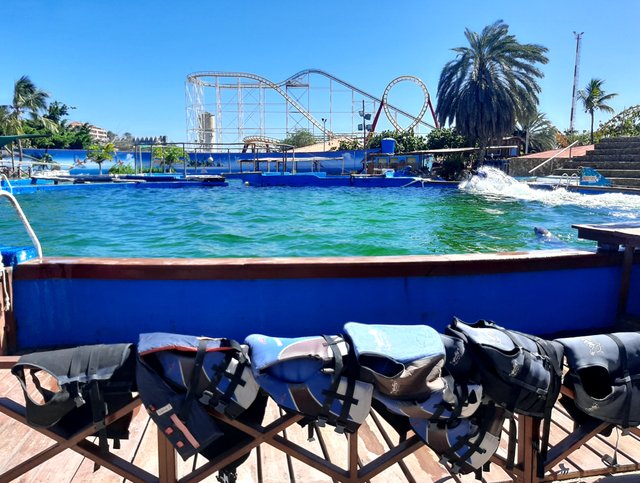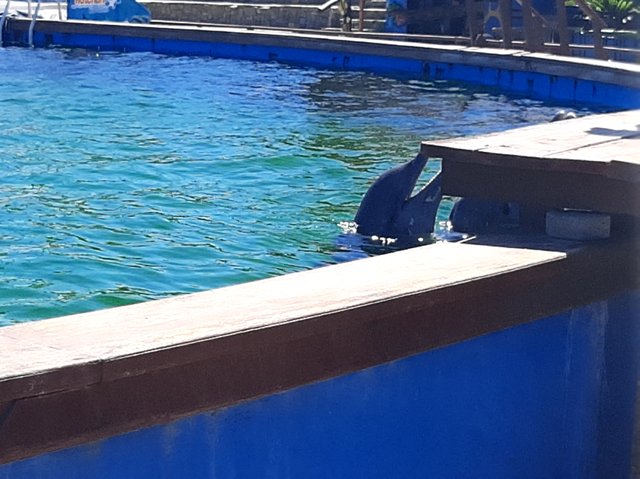
One of the most advanced countries in this type of techniques is Australia, and they are applied to children with mental disorders, although countries such as Mexico, the United States and Argentina also have centers where dolphin therapy is applied. The beginning of dolphin therapy took place a few years ago, when English specialists realized that children with autism or cerebral palsy who spent time with dolphins presented an improvement in their mood, had more tolerance to physical contact and relaxed more easily.
Then John Lilly, an American, with extensive knowledge of the anatomy and neurological system of dolphins, began work with children who had neurological disorders, made them play with dolphins and recorded the changes that occurred in them through electroencephalograms. He also made important notes on the improvements observed both in language and in mood and movement. Based on these small investigations, others were carried out in the United States, such as that of the scientist David Cole, who formulated the cavitation hypothesis, in which he attributes to the sound of the dolphin ultrasonic frequencies that manage to stimulate the patient's central nervous system, which produces the release of hormones that help relaxation and pain relief.

On the other hand, researcher Steve Bearch proposed what he called the resonance hypothesis, which is nothing more than a mathematical model to evaluate the shock energy of the waves produced by the dolphin on the human nervous system. In addition to these investigations, a study shows that dolphins receive and transmit sound signals that affect the genetic double helix, and also use natural biotechnology.
After 14 years of multidisciplinary study in this area, it can be said that human DNA can be modified by the sound and electromagnetic fields generated by dolphins; This explains why dolphin therapy is a treatment with such good results. Dolphin therapy is also practiced in Venezuela, specifically in Waterland. Isla de Margarita, and currently has a cost of approximately $ 200 for Venezuelan citizens and for foreigners, very competitive prices internationally.
Written by: @Trabajosdelsiglo
Original photos of: @Trabajosdelsiglo